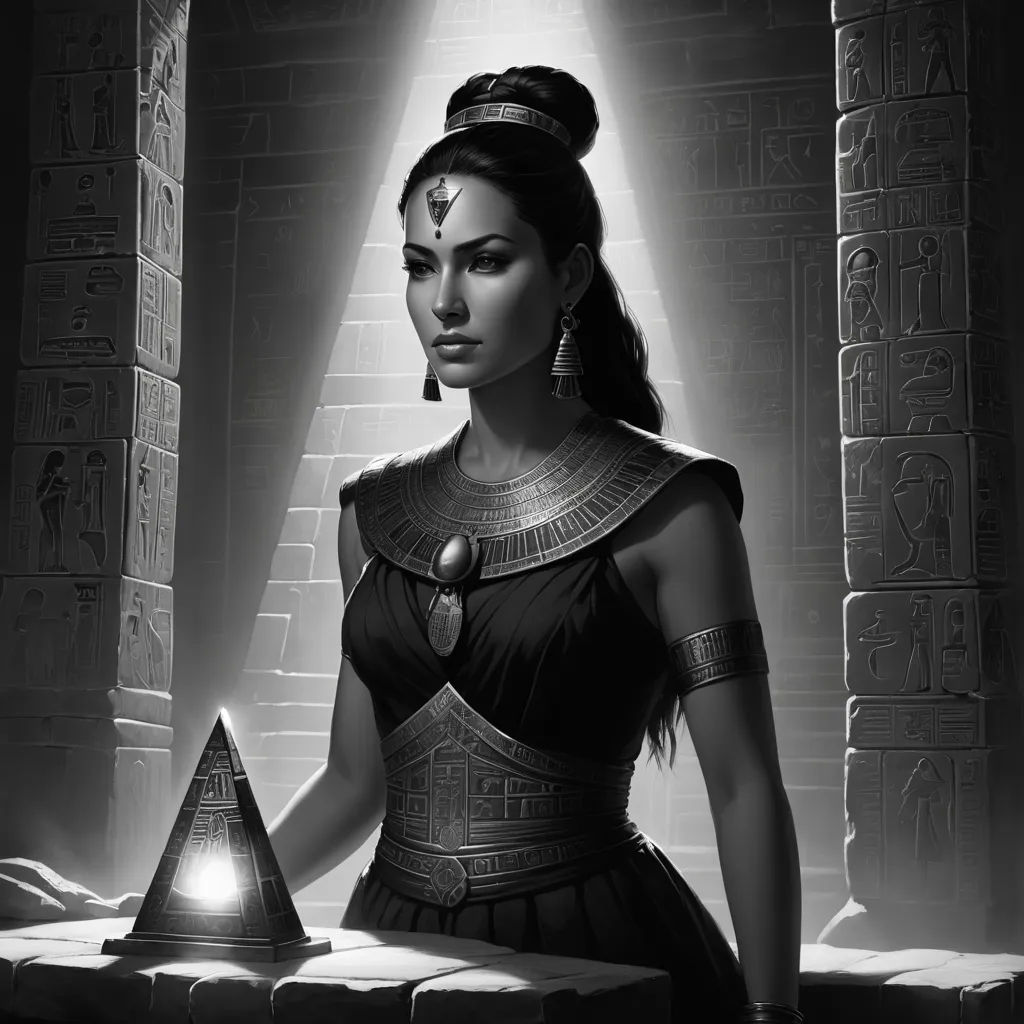
The Curse of the Pharaohs
By Alex A

17 Mar, 2024
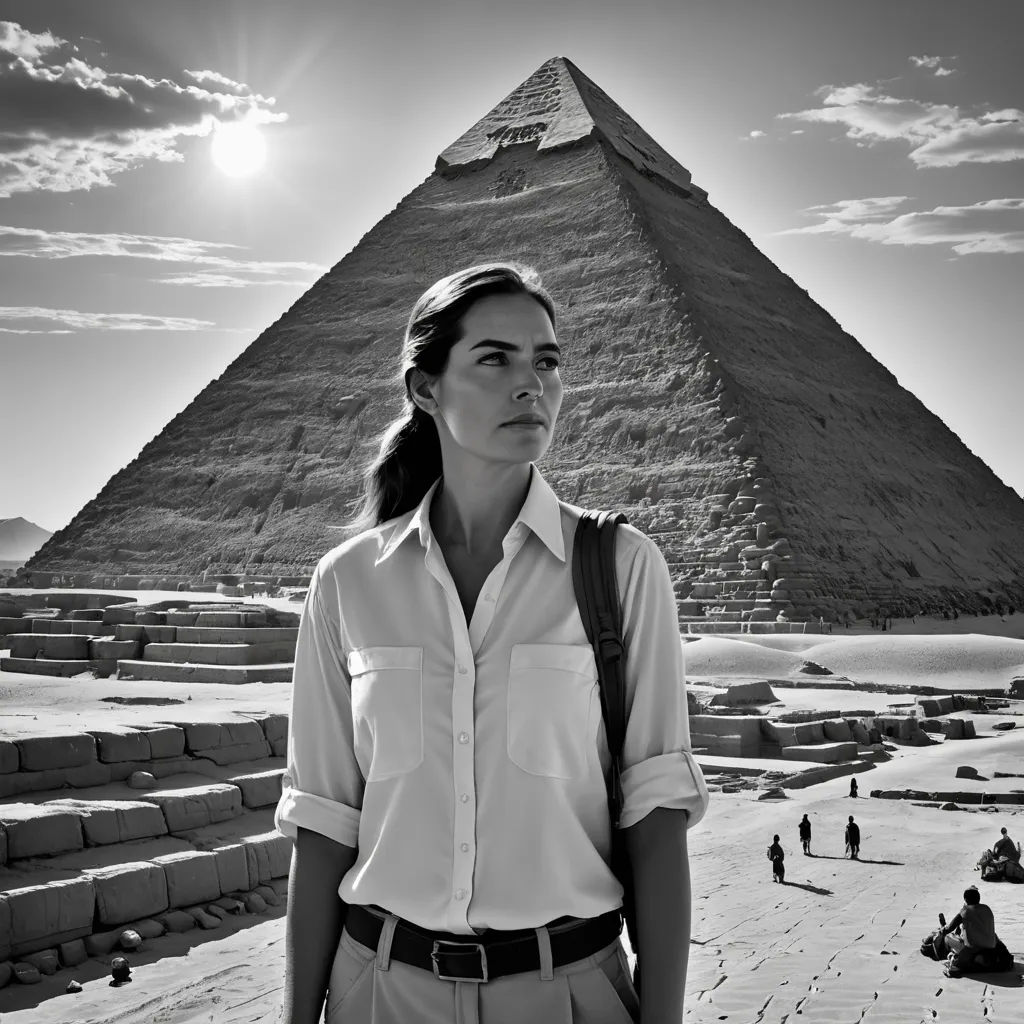
The sun was setting over the Great Pyramid of Giza as a team of archaeologists led by Dr. Amelia Grayson unearthed a mysterious artifact. The artifact, a golden scarab encrusted with hieroglyphics, gleamed in the fading light. The team's excitement was palpable, but the discovery was just the beginning of an adventure they could never have imagined.
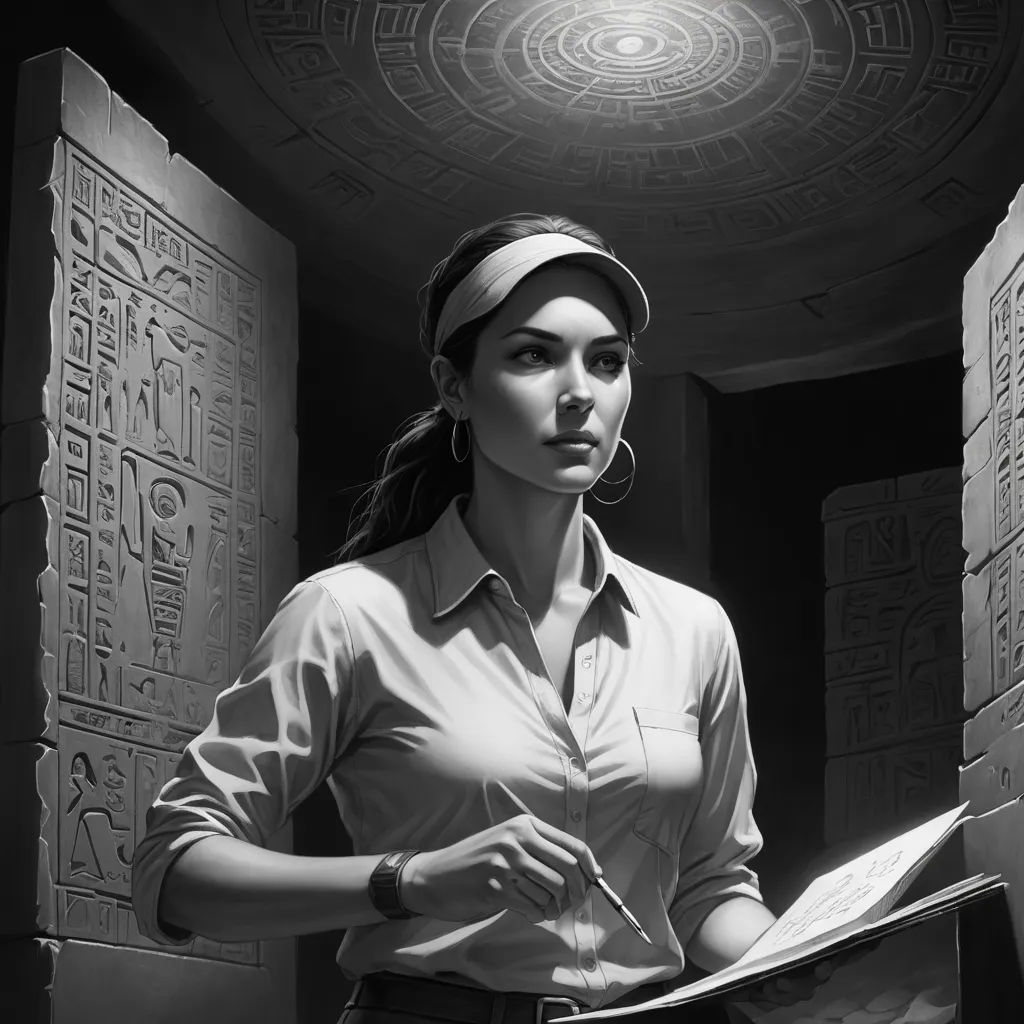
As Dr. Grayson held the artifact, she felt an eerie chill run down her spine. The hieroglyphs seemed to pulsate under her touch, and a sense of unease filled the air. She couldn't shake off the feeling that they had disturbed something ancient and powerful.
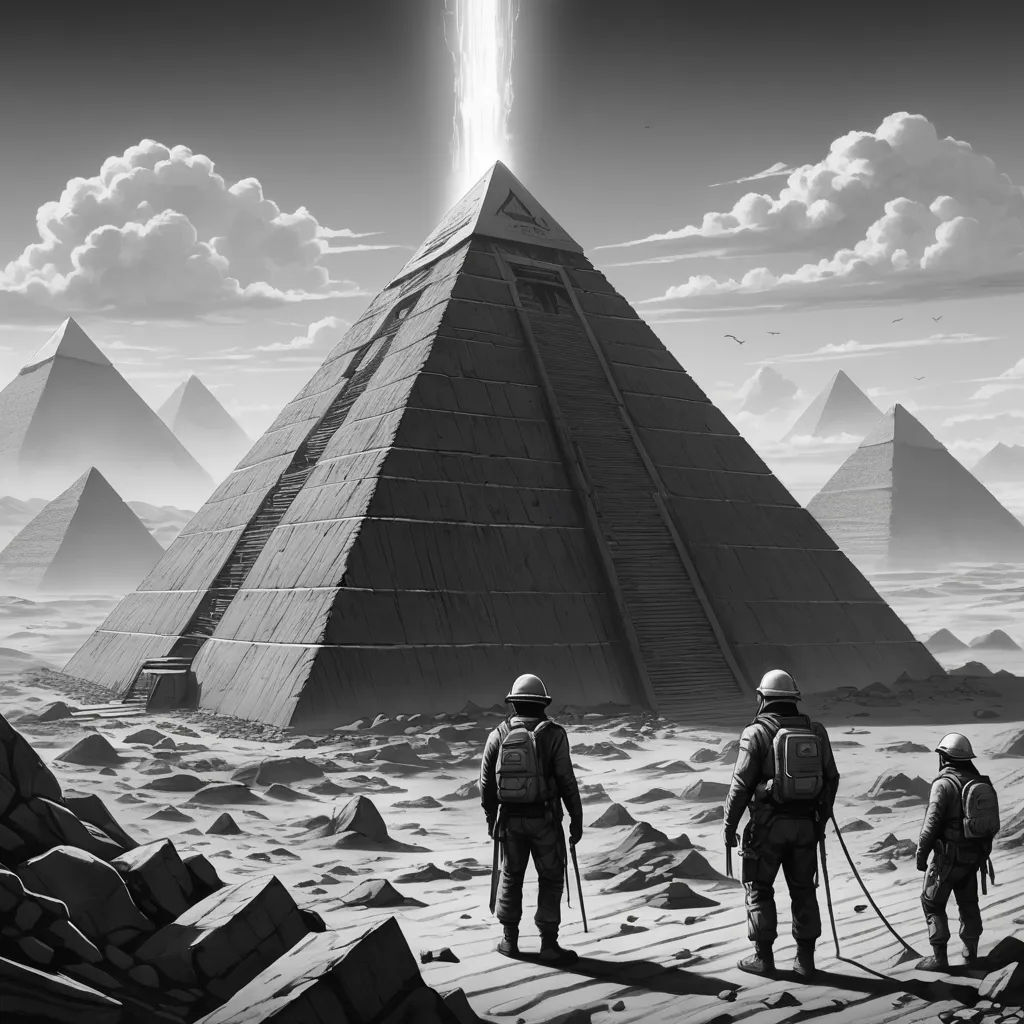
The following day, strange occurrences began. Equipment malfunctioned, the local workers started falling ill, and strange noises echoed from the depths of the pyramid. The team was on edge, and the atmosphere was growing tense.
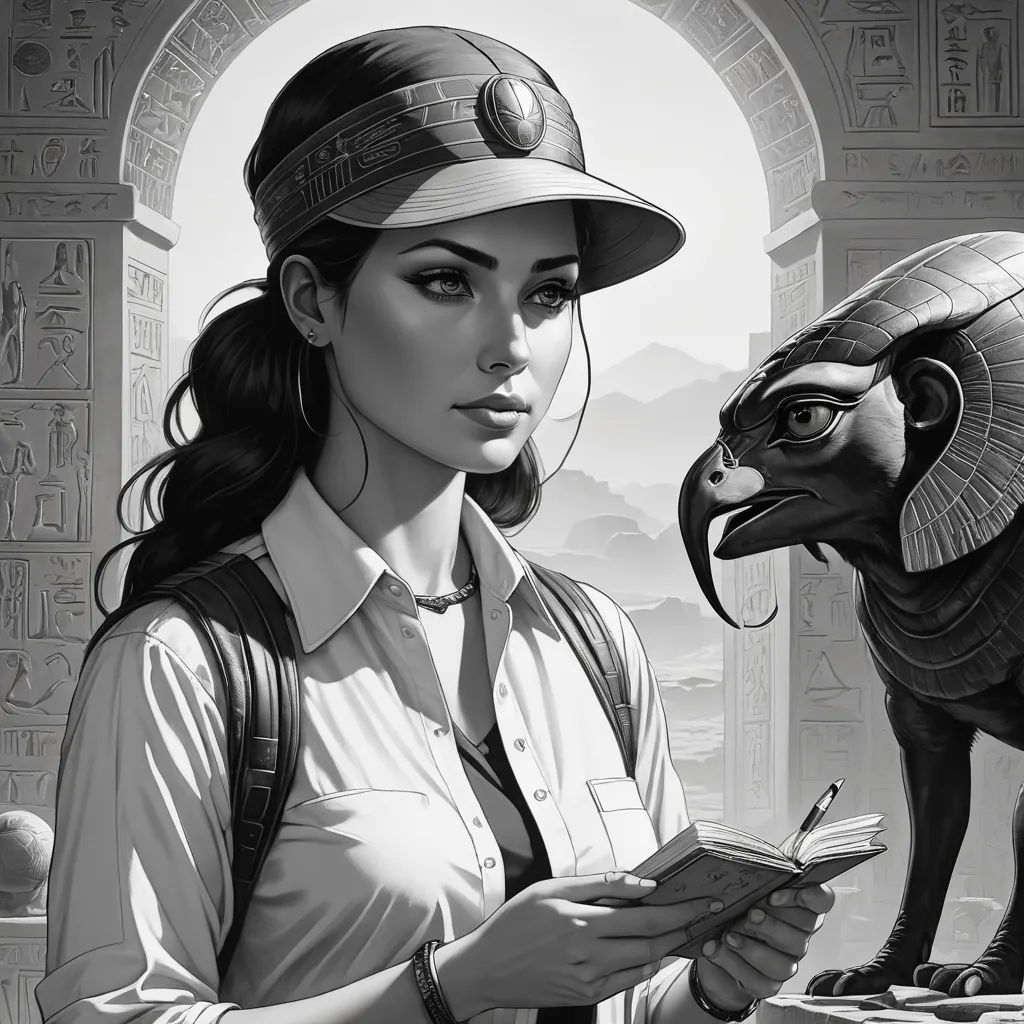
An expert in ancient Egyptian history, Dr. Grayson started deciphering the inscriptions on the scarab. She was particularly intrigued by a recurring symbol that resembled an eye—The Eye of Horus, a symbol of protection and royal power.

One night, Dr. Grayson woke up to a chilling whisper in her ear. She saw a spectral figure of an ancient Egyptian priest pointing towards the pyramid. The figure vanished, leaving Amelia with a sense of dread and urgency.
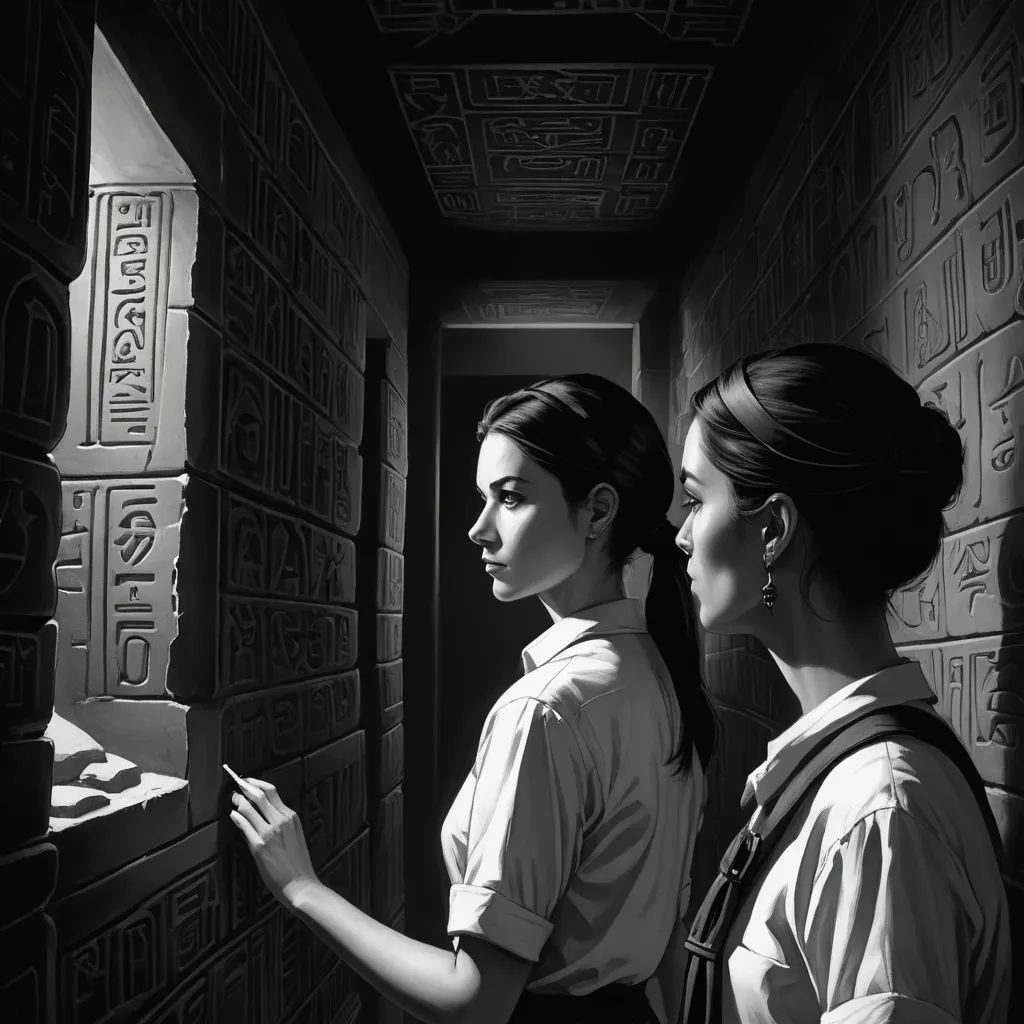
The next day, Dr. Grayson decided to venture deeper into the pyramid, driven by the haunting vision. She descended into the heart of the pyramid, her heart pounding with a mix of fear and excitement.
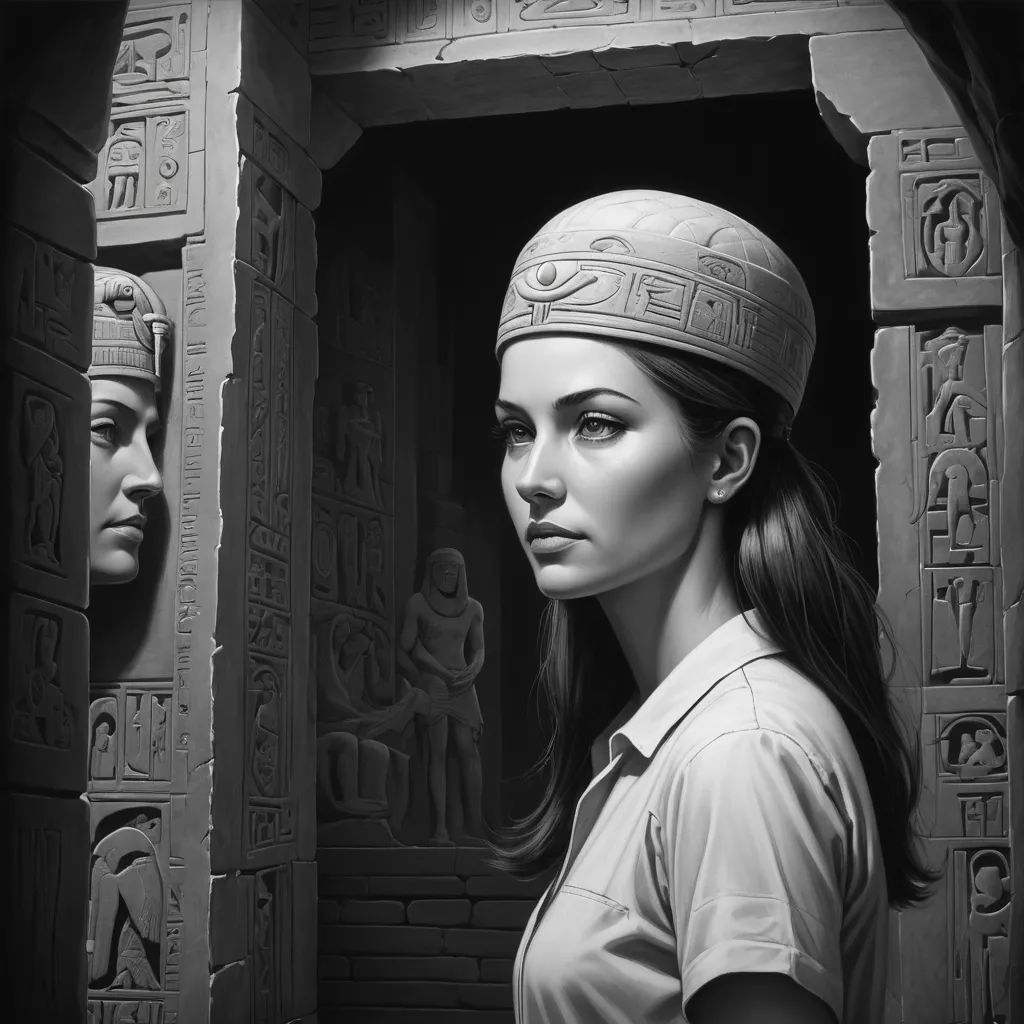
As she explored, she discovered a hidden chamber. There, a large stone sarcophagus lay untouched for centuries. The same Eye of Horus symbol from the scarab was engraved on the sarcophagus.
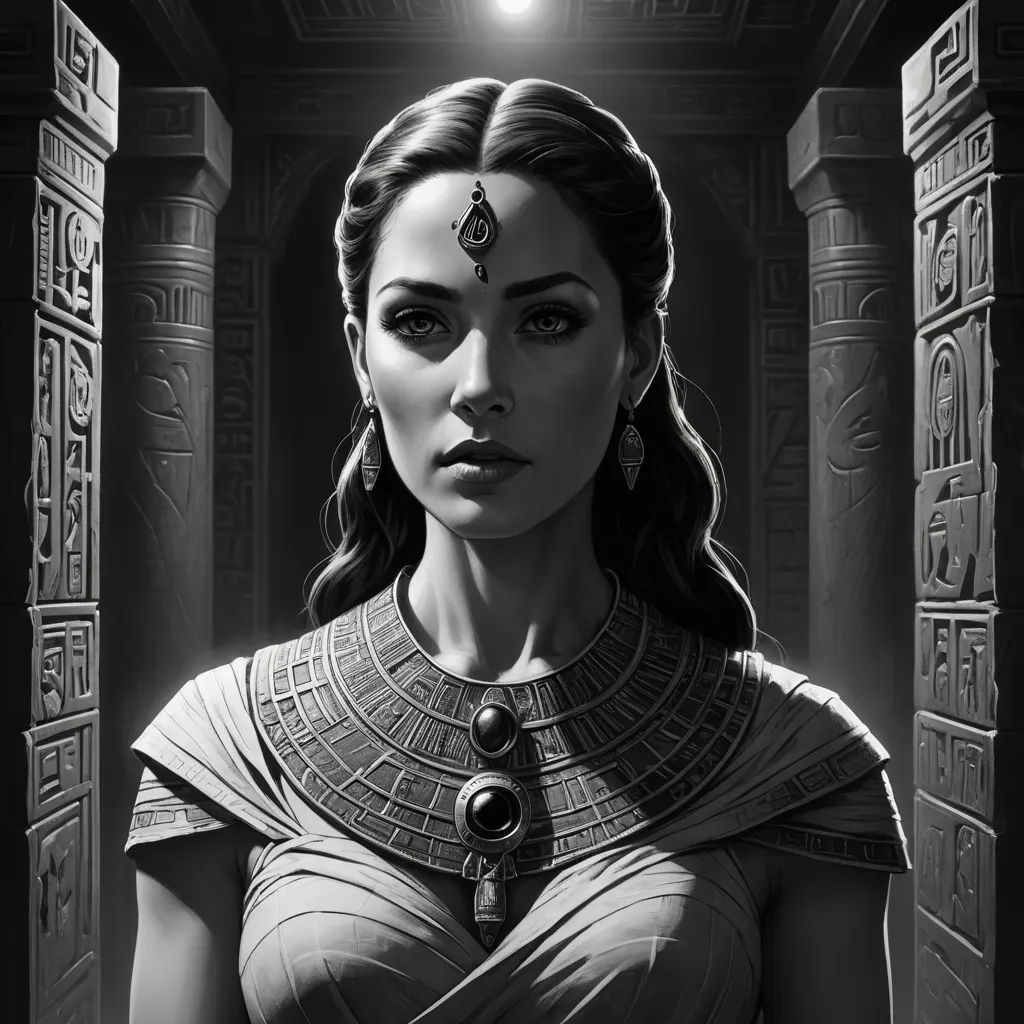
As she approached the sarcophagus, she felt an intense surge of energy. Overcoming her fear, she decided to open it. Inside, she found a mummy adorned with a necklace bearing the Eye of Horus.
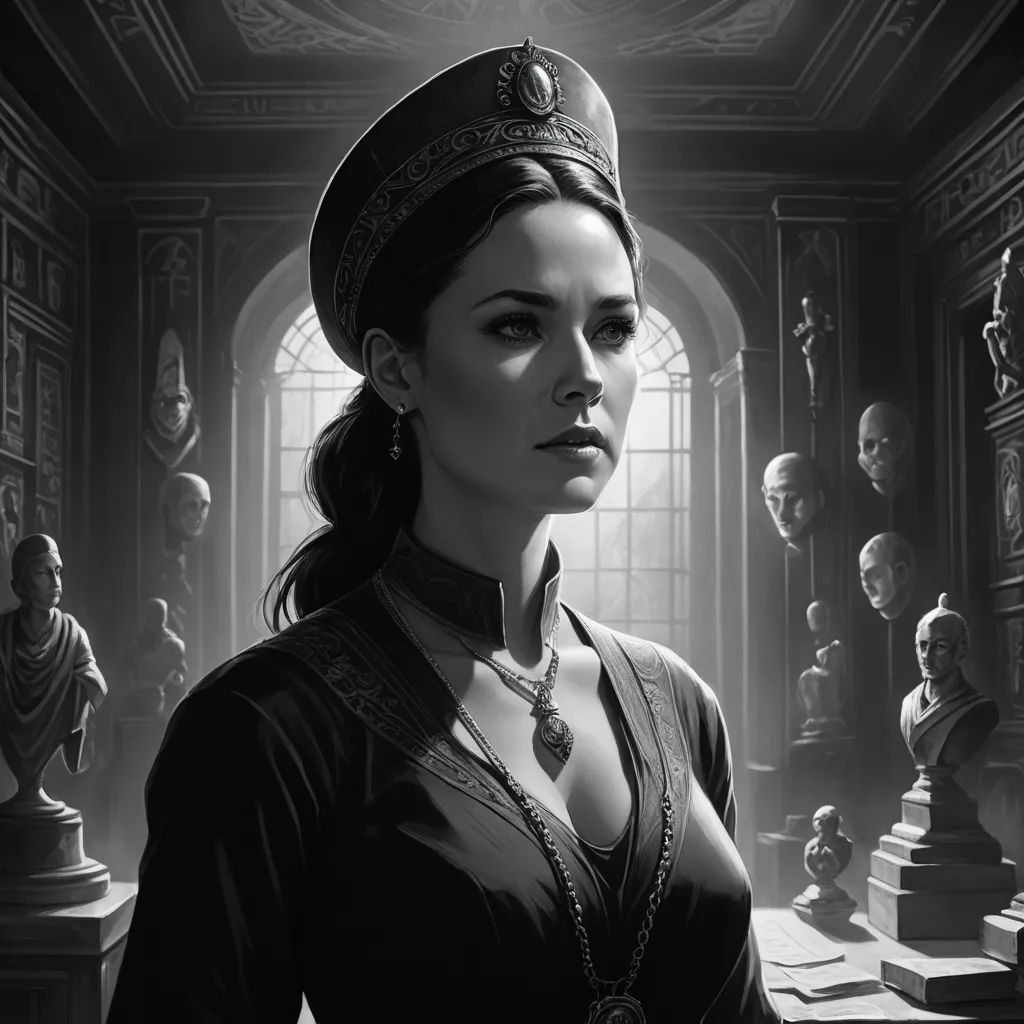
Suddenly, the chamber started shaking. The whispers grew louder, and the spectral figure reappeared, pointing at the necklace. Dr. Grayson realized that the spirit was trying to communicate something.
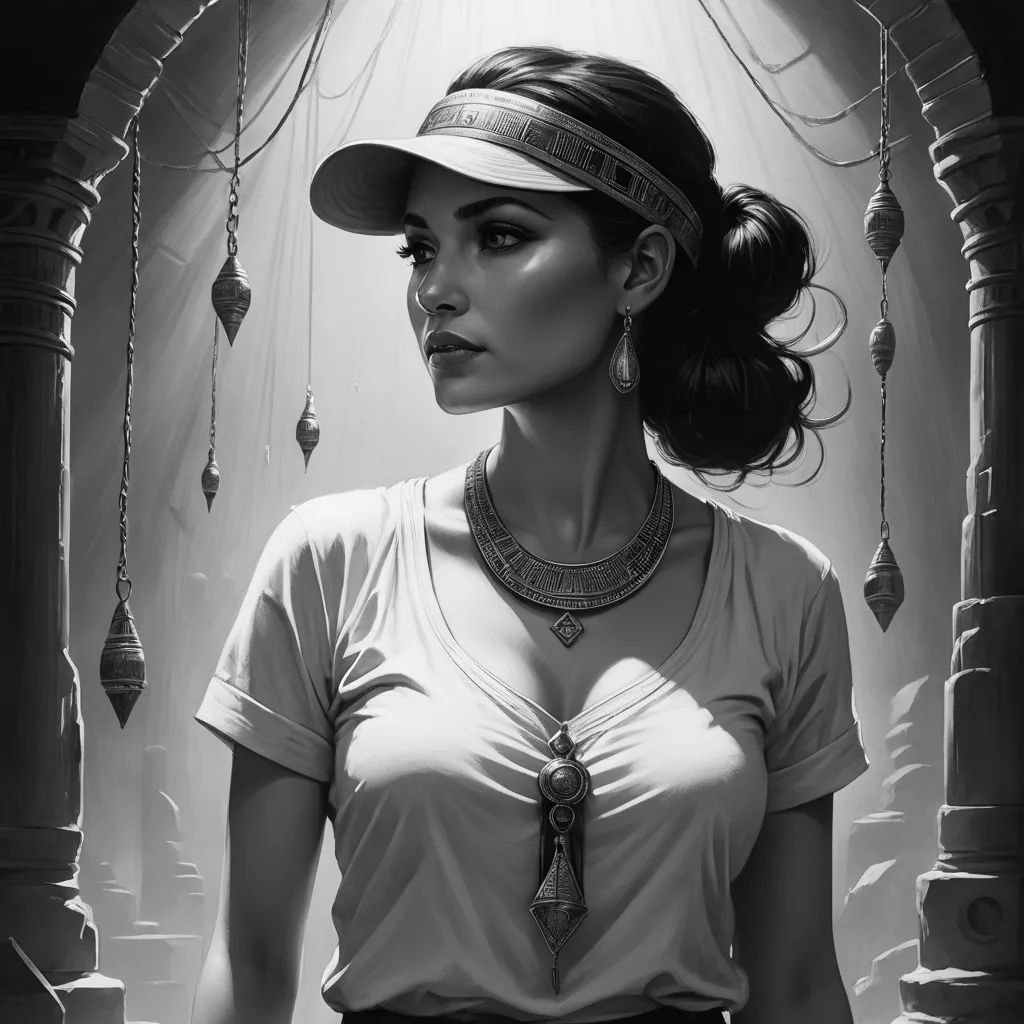
She slowly reached for the necklace, and as she touched it, the shaking stopped. The whispers turned into a clear voice in ancient Egyptian, saying, "Return the Eye, lift the curse."
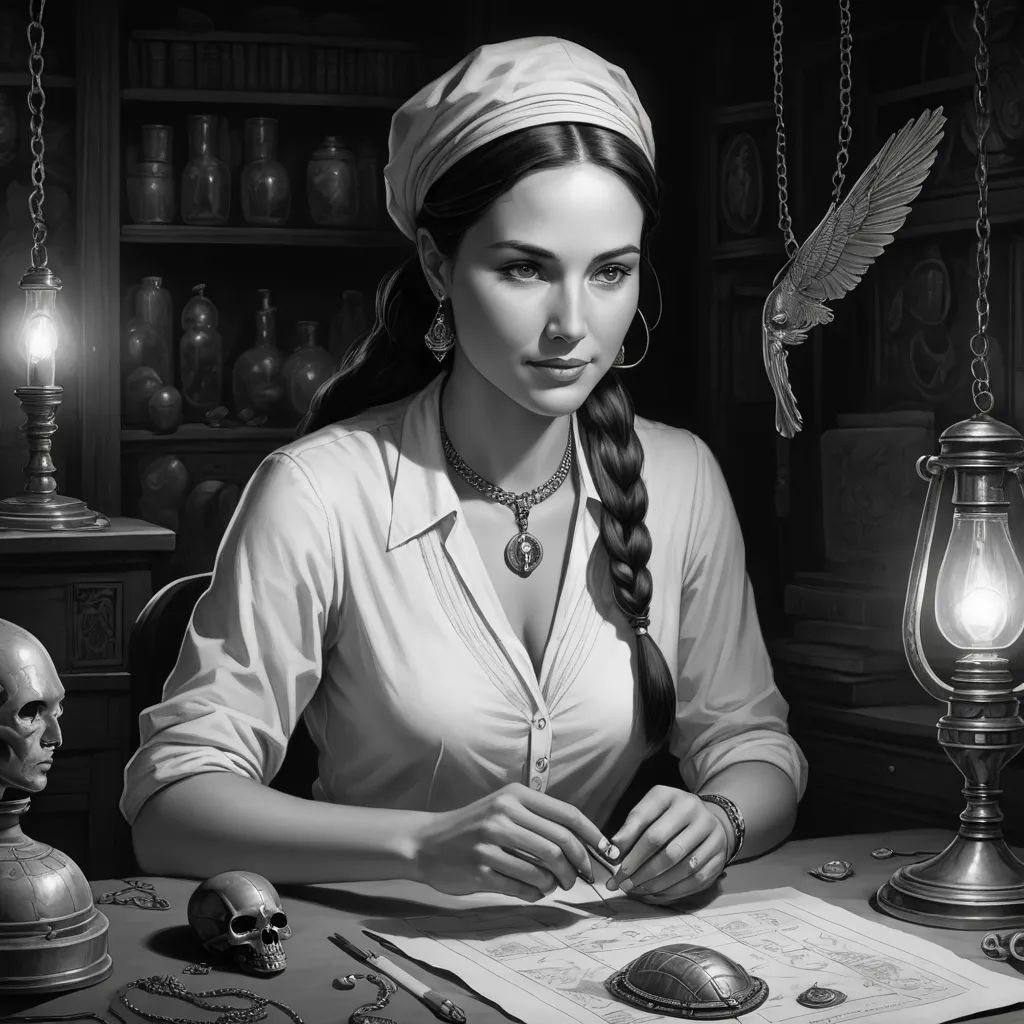
Dr. Grayson quickly connected the pieces. The scarab was the missing Eye of Horus from the necklace. She placed the golden scarab in the empty socket of the necklace, and the spectral figure smiled before disappearing.
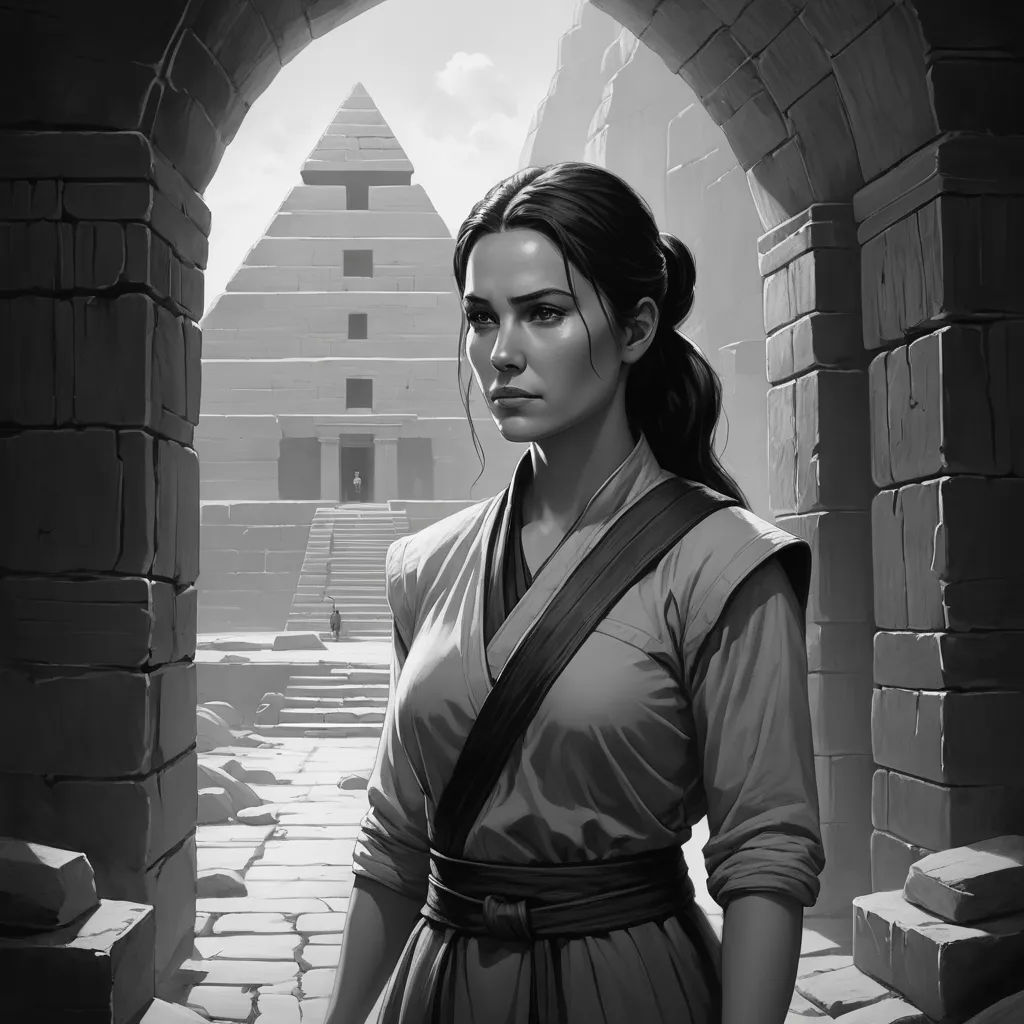
As she exited the chamber, she noticed the pyramid felt different. The eerie feeling was gone, replaced by a sense of calm. The noises ceased, and the air felt lighter.
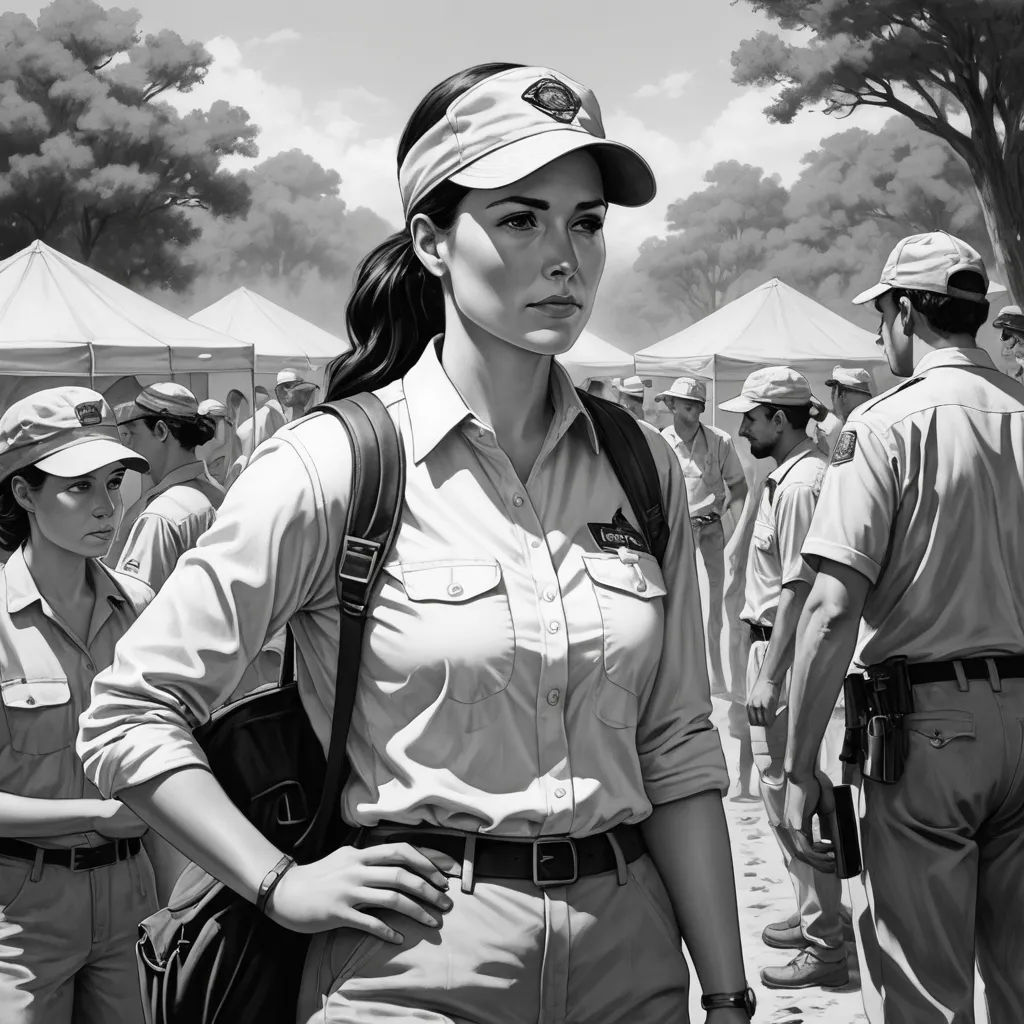
When she returned to the camp, she found the ill workers recovering. The equipment started working again, and the team was relieved. Dr. Grayson couldn't help but feel a sense of accomplishment.
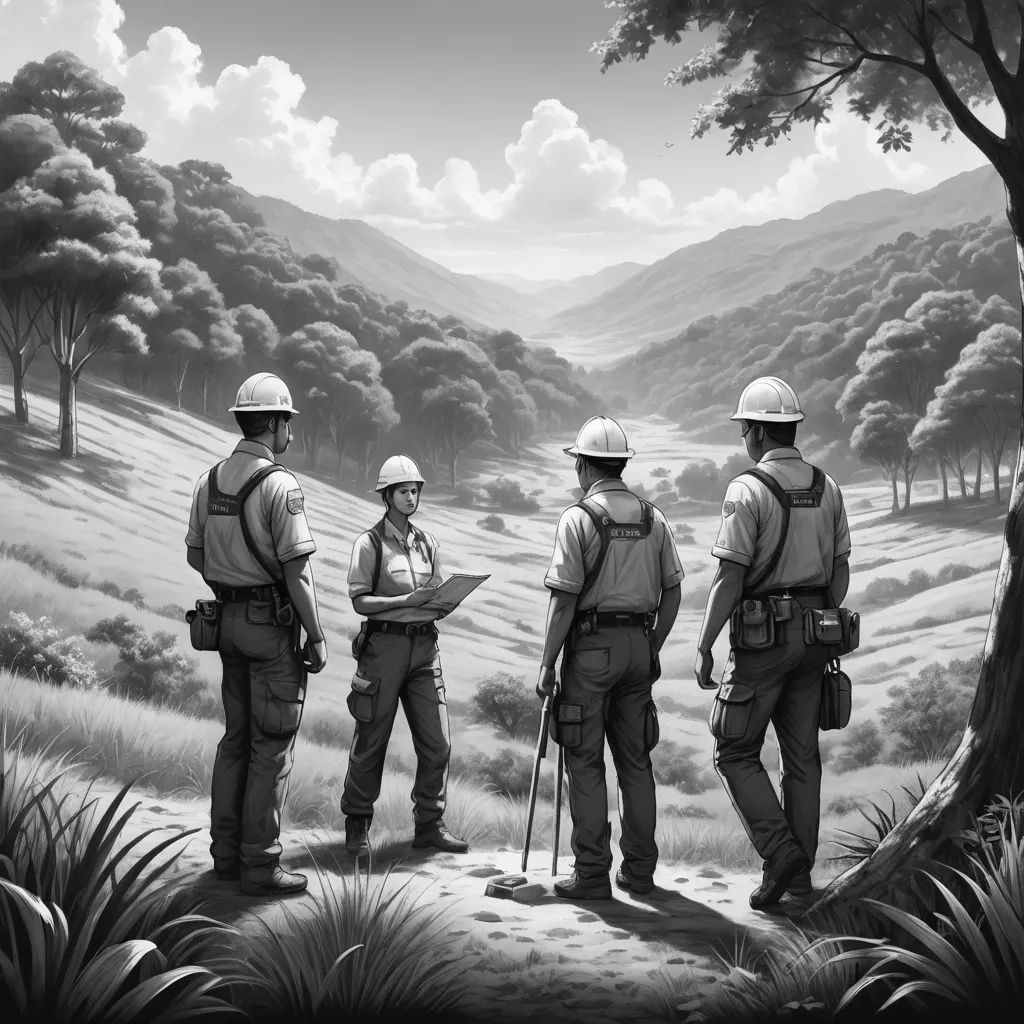
The following days were peaceful. The team resumed their work, and the exploration continued without any disturbances. The events of the past few days seemed like a distant memory.
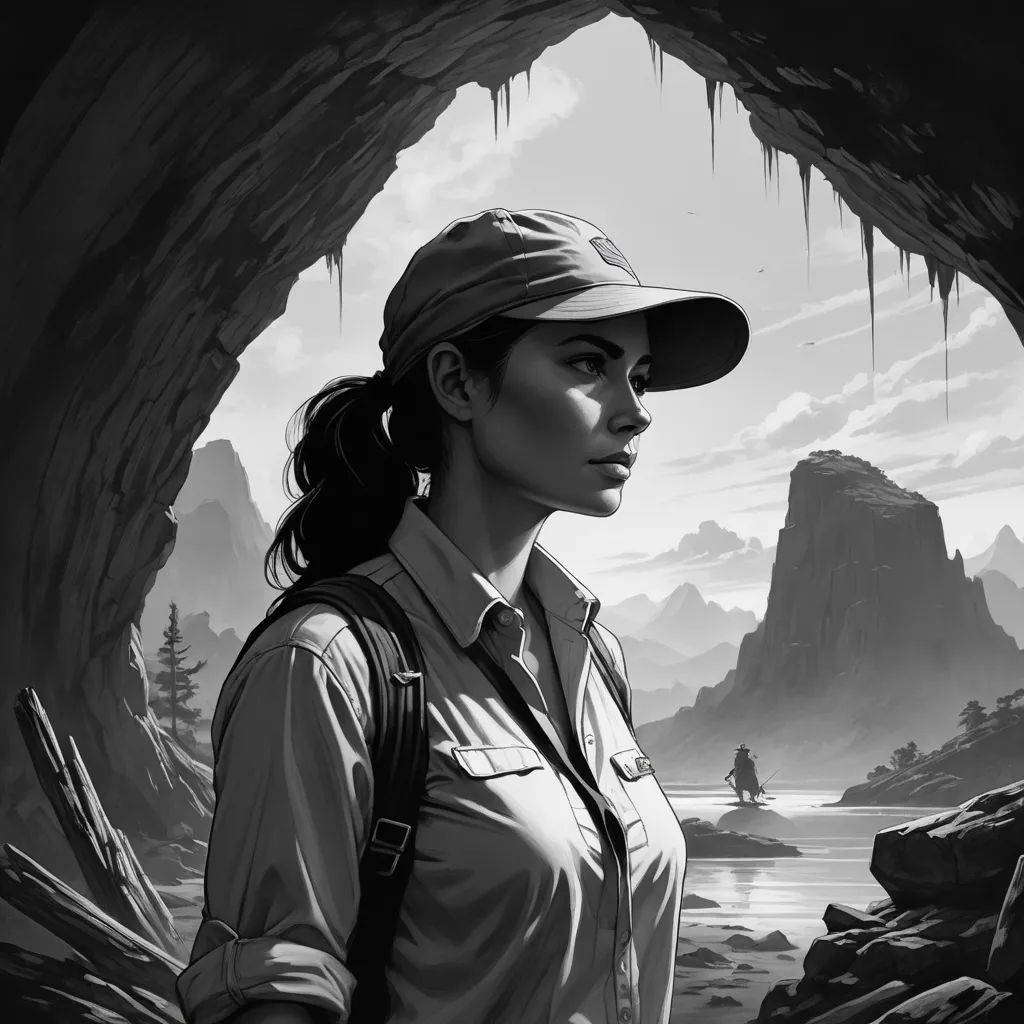
As the expedition came to an end, Dr. Grayson reflected on the adventure. She had not only discovered an incredible historical artifact but had also experienced the supernatural. She had lifted an ancient curse and, in doing so, had made a profound connection with the past.
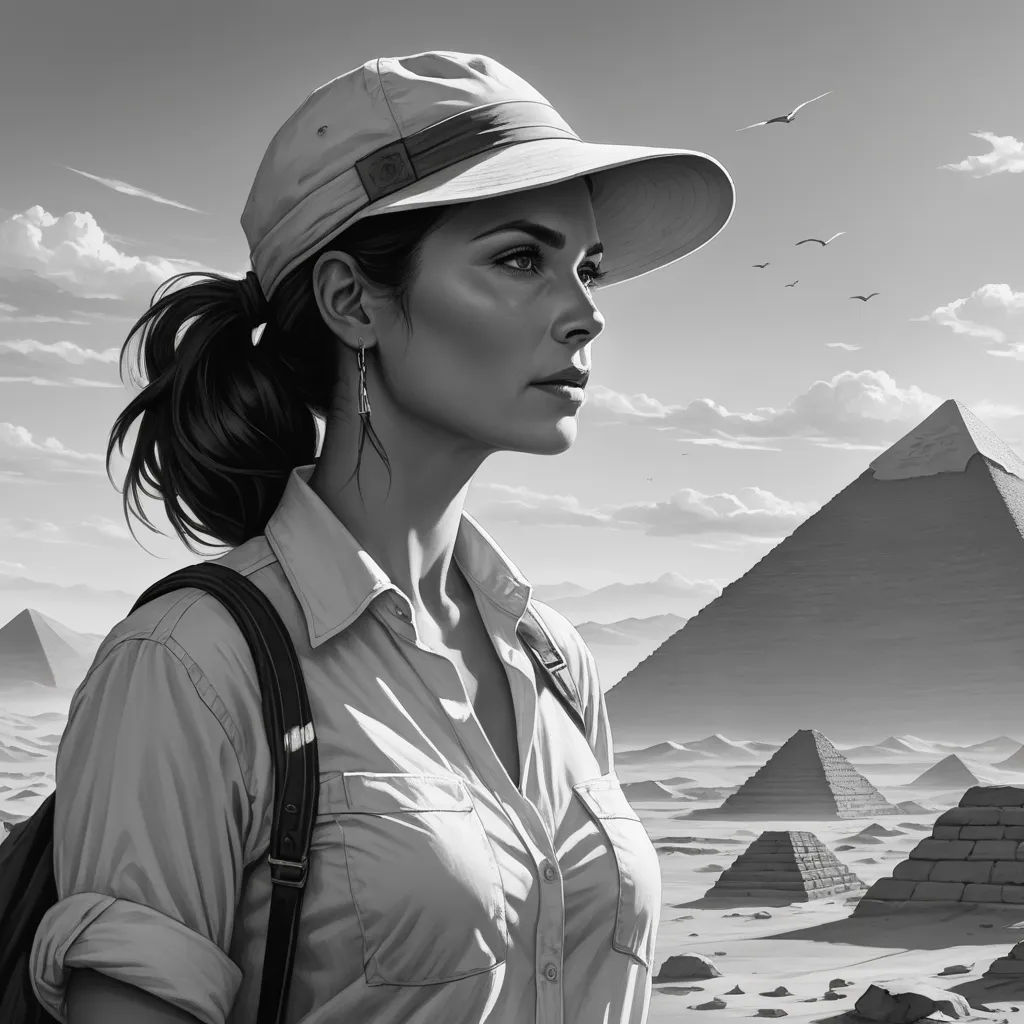
Leaving the Great Pyramid behind, Dr. Grayson felt a strange sense of loss. The pyramid, with its ancient secrets and mysteries, had become a part of her. But she knew she would carry the experience with her forever.
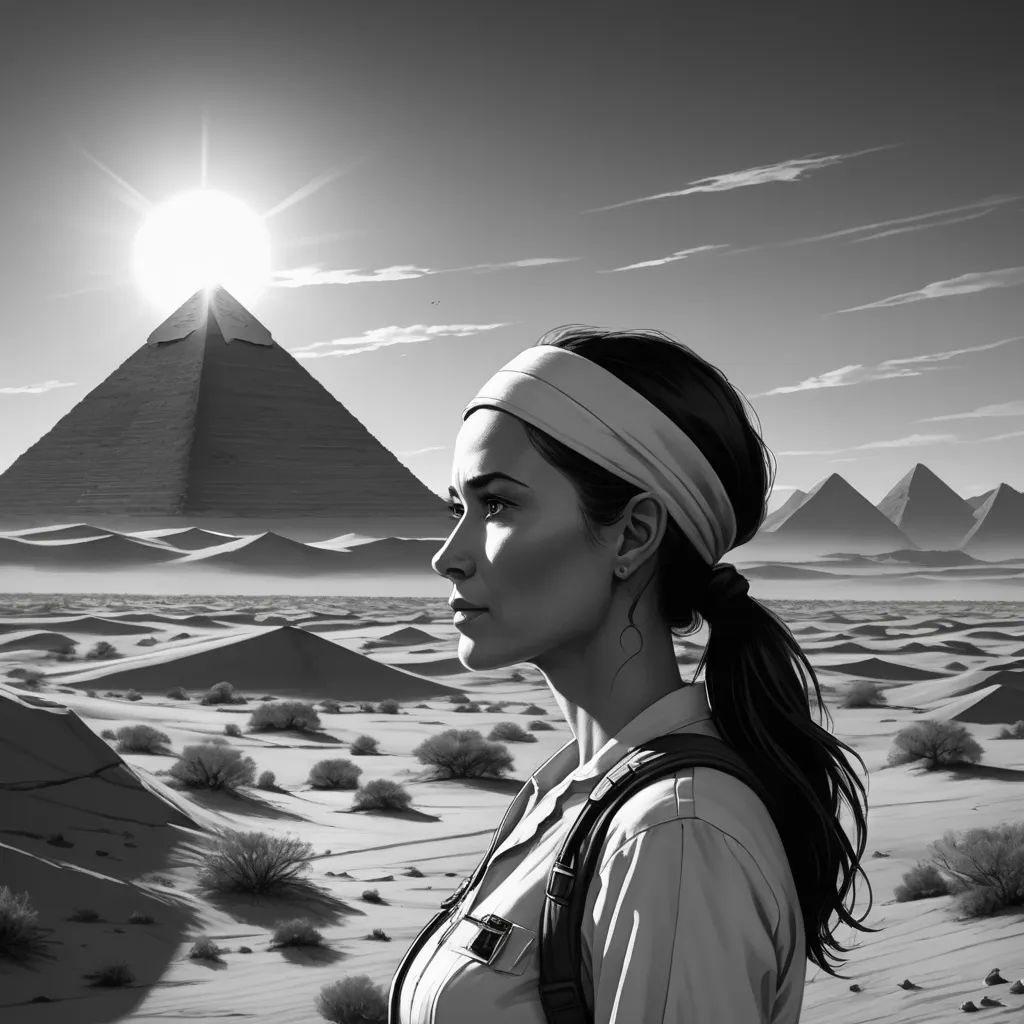
As the sun set on the last day of their expedition, Dr. Grayson gazed at the pyramid one last time. She couldn't help but feel a sense of respect and awe for the ancient civilization that had created such a magnificent structure, and left behind such profound mysteries.
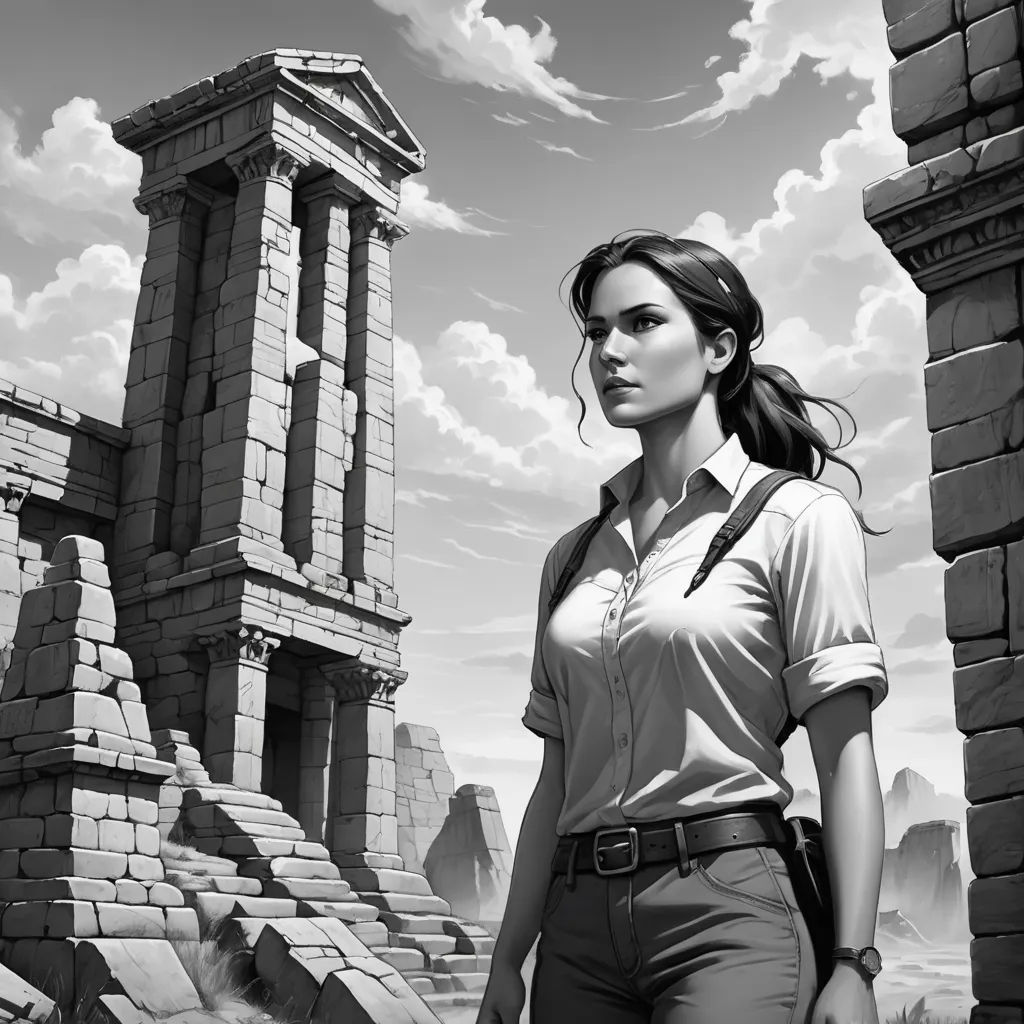
It was not just a historical monument; it was a testament to the power of human spirit, a symbol of the eternal quest for knowledge. And Dr. Grayson was proud to have played her part in unraveling its secrets.
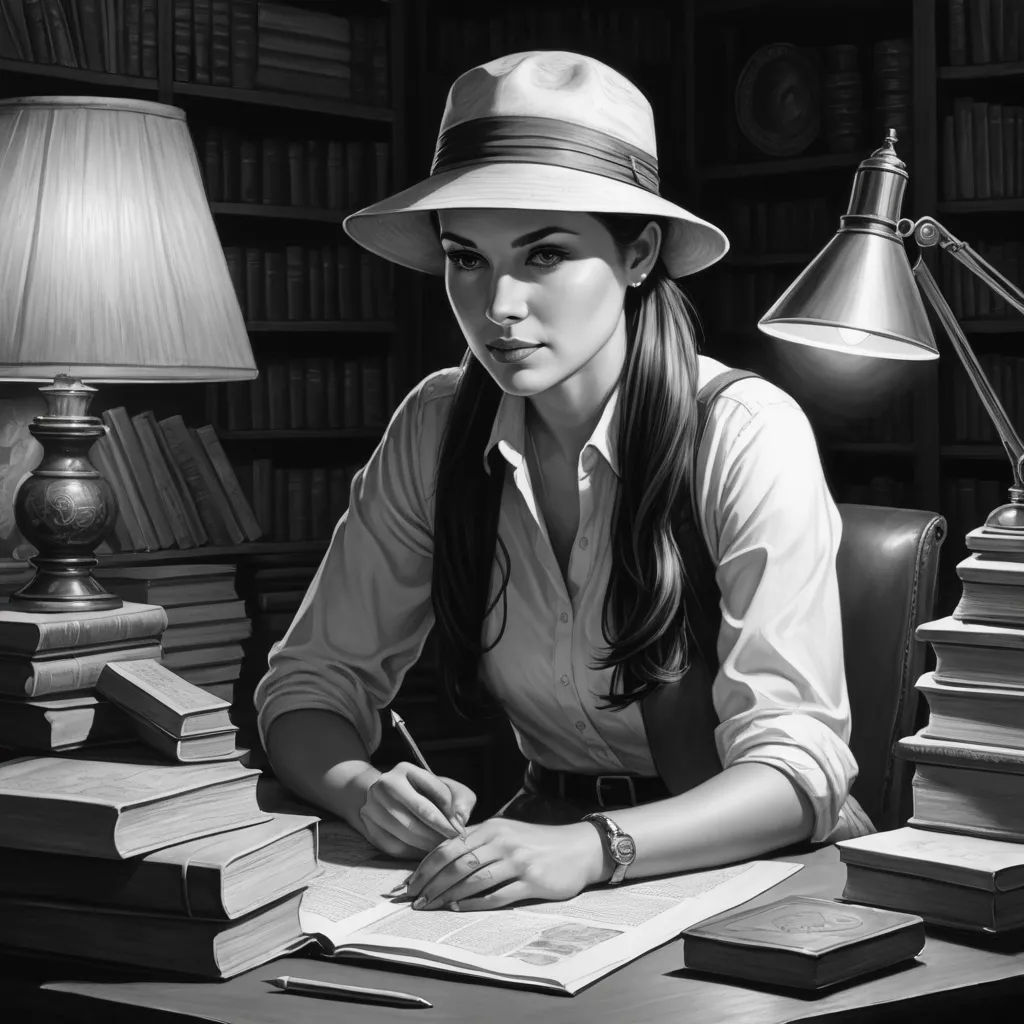
Back home, she continued her research on the Great Pyramid. The adventure had deepened her passion for ancient history. The mysteries of the pyramid had been a challenge, but they had also been a source of inspiration.
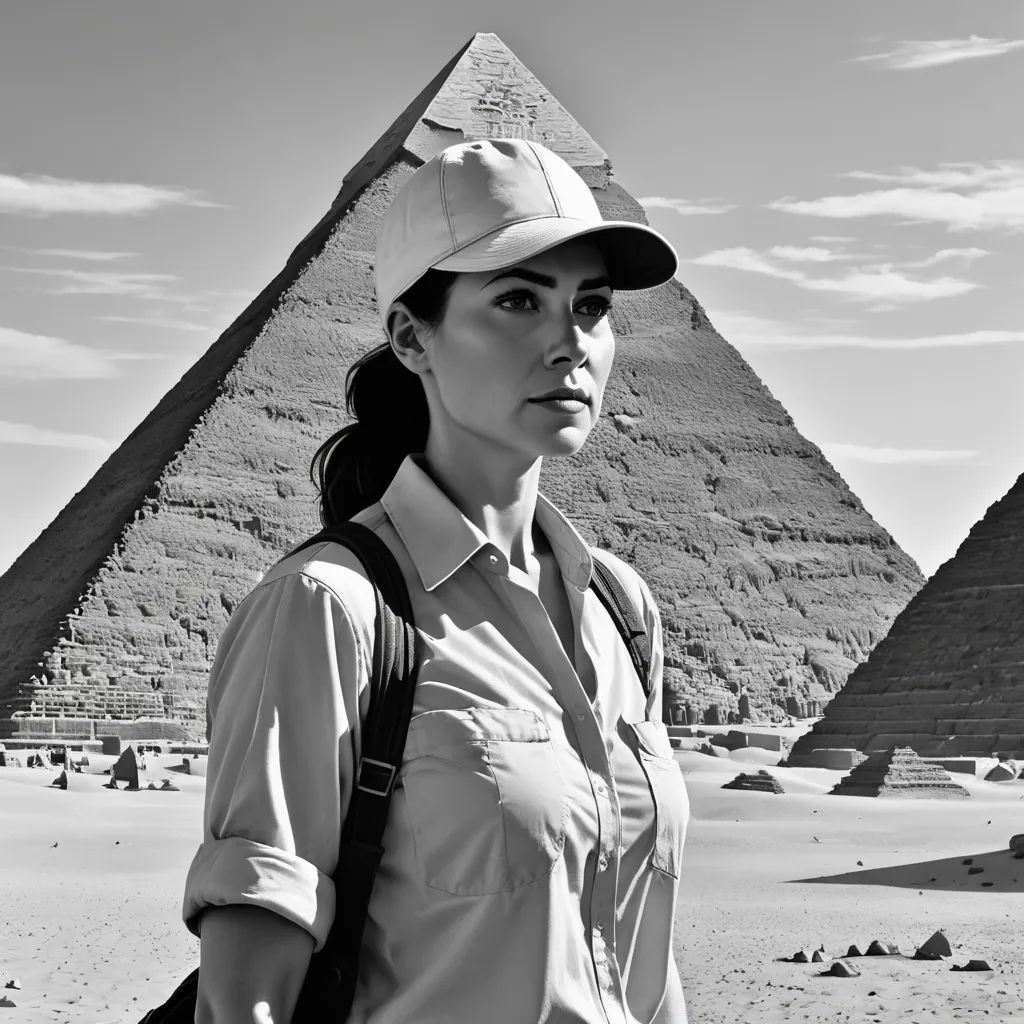
The Great Pyramid of Giza, with its enduring enigma, had taught her a valuable lesson. Every mystery has a key; it's just a matter of finding it. And sometimes, the key lies not in scientific facts but in the realm of the supernatural.
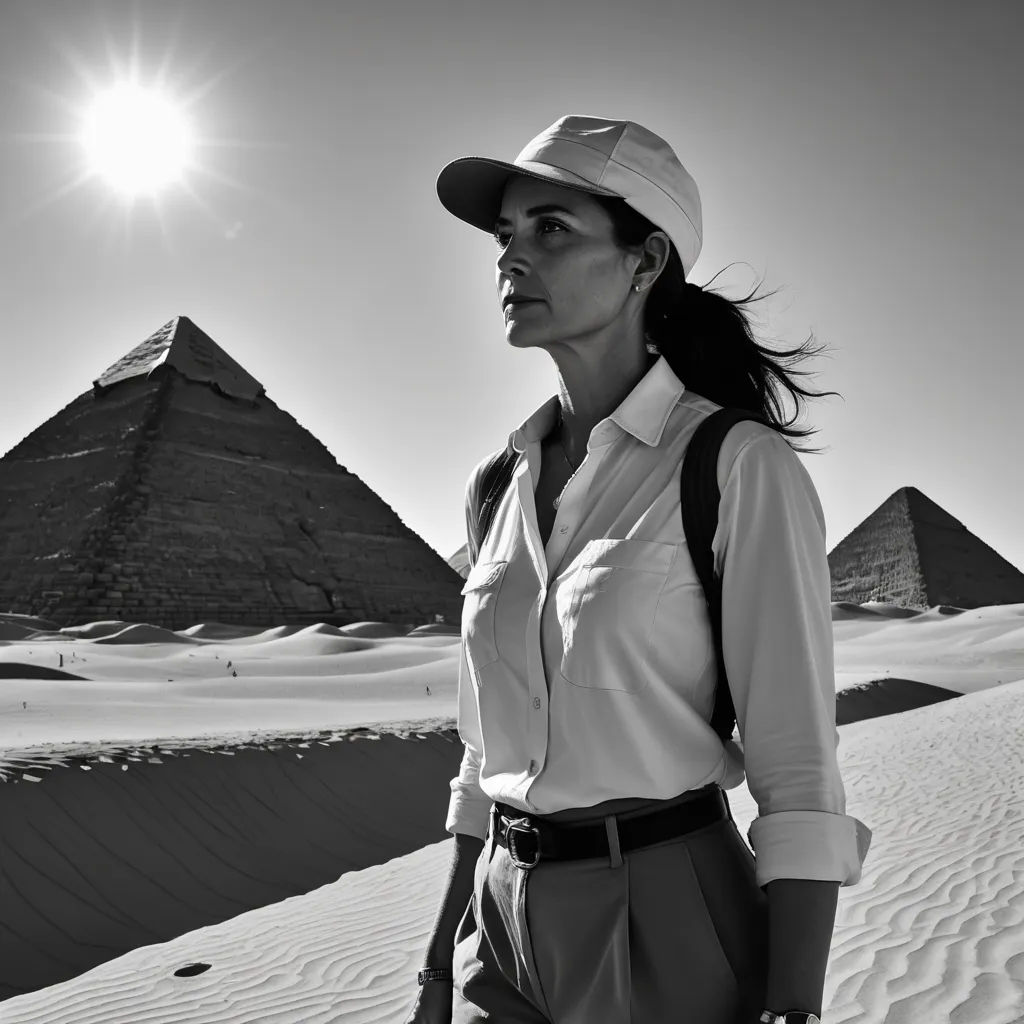
In the end, Dr. Grayson realized that her journey was not just about uncovering the past, but also about understanding the unseen. The Great Pyramid had offered her not just a physical adventure, but a spiritual one as well. And for that, she was eternally grateful.
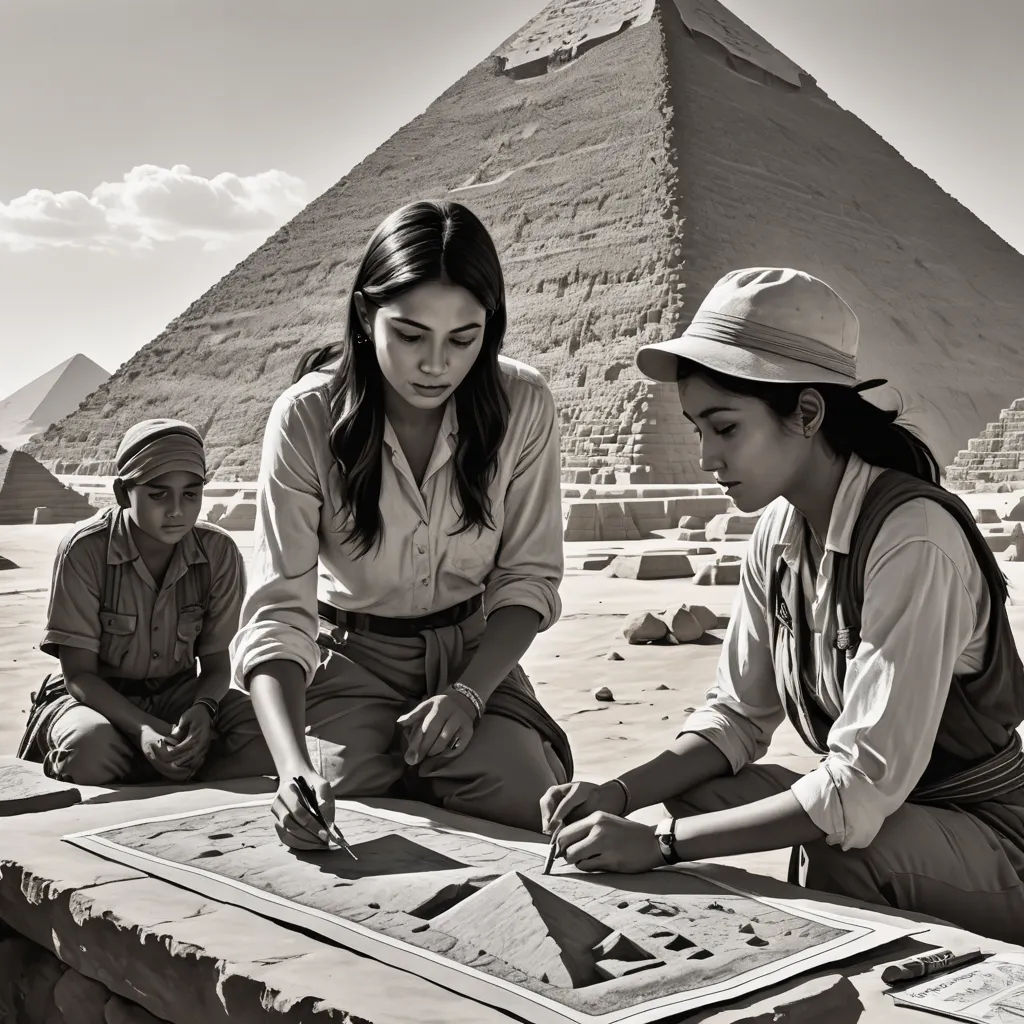
And so, the mysteries of the Great Pyramid continue to intrigue and inspire. They remind us of our past and spur us on to a future of discovery. And for adventurers like Dr. Amelia Grayson, the journey is far from over.